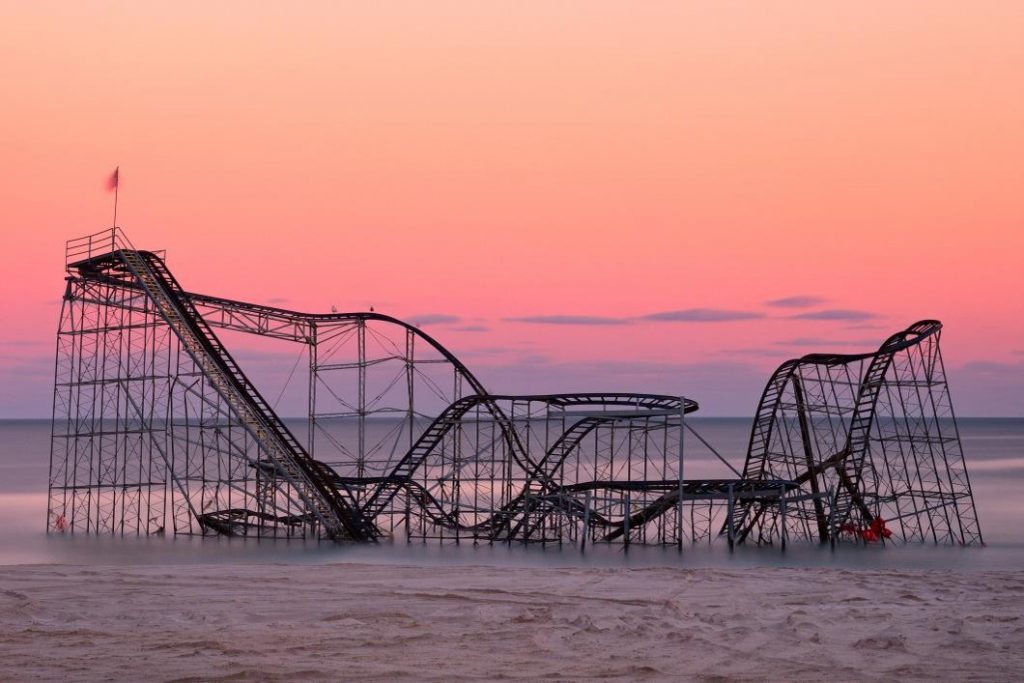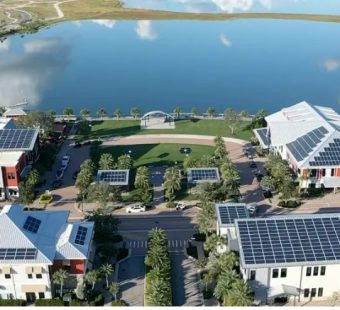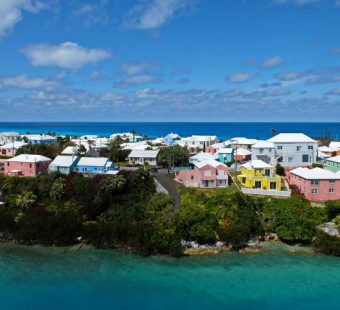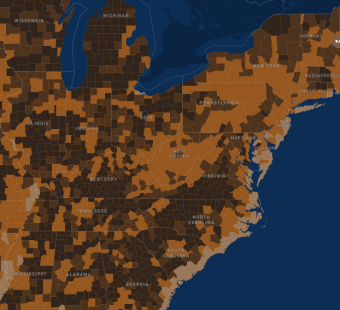
New FEMA Tool Maps Community Vulnerability to 18 Natural Hazards
Jeff Dunsavage, Senior Research Analyst, Triple-I
2/9/2021
The Federal Emergency Management Agency (FEMA) recently unveiled its National Risk Index (NRI) for natural hazards. The online mapping application identifies communities most at risk for 18 types of events. It visualizes the risk metrics and includes data about expected annual losses, social vulnerabilities, and community resilience.
Casey Zuzak, senior risk analyst at FEMA, described the index at the recent Triple-I Resilience Town Hall – the first this year in a series presented by Triple-I and ResilientH2O Partners.
Zuzak explained that the NRI draws from a wide range of data and analytics resources and considers the probabilities or frequencies of 18 natural hazards and the population and property value exposed. Expected annual loss is calculated separately for each hazard, then summed to generate a composite score for all 18.
NRI enables FEMA to talk with communities about specific risks, identify high-impact mitigation opportunities, and learn how they can make the best use of their risk-management resources.
“NRI wasn’t built in a silo,” Zuzak said. “We brought in local and county and state governments, tribal and territorial governments to make sure we had the best available data. We also brought in academia, nonprofit organizations, and private industry to make sure we had everyone’s input.”
Part of an effort to reduce costs and eliminate inconsistent risk assessments for planning, the NRI uses a national baseline risk assessment to identify areas that offer high returns on risk-mitigation investment. The NRI can help communities:
- Update emergency plans;
- Improve hazard-mitigation plans;
- Prioritize and allocate resources;
- Identify need for more refined risk assessments;
- Encourage community risk communication and engagement;
- Educate homeowners and renters;
- Support adoption of enhanced codes and standards;
- Inform long-term community recovery.
“Nothing like this – a free, consistent, comprehensive nationwide risk assessment tool that addresses multiple hazards and includes social vulnerability and community resilience – existed before,” said Dr. Michel Léonard, CBE, vice president and senior economist for Triple-I. “This is an important addition to the toolkit of risk managers, insurers, policymakers, and others working to create a safer, more resilient world.”



